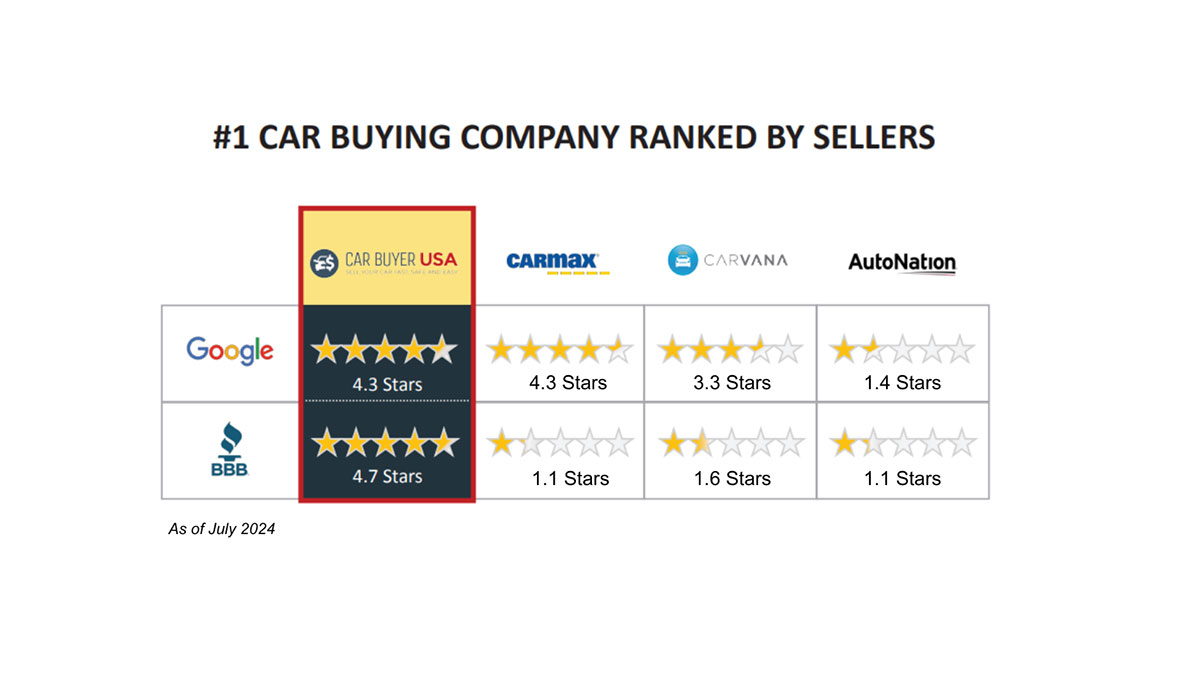
The National Automobile Dealers Association (NADA) has been a long-standing name in the automotive world, especially when it comes to vehicle valuations. For decades, NADA Guides served as a go-to resource for consumers and dealers alike, offering pricing insights on new and used cars, trucks, and other vehicles. However, a major shift occurred in recent years when J.D. Power acquired NADA Guides and rebranded the valuation service under its own name. This change has implications that many car buyers and sellers may not fully understand, and reasons why relying solely on NADA (now J.D. Power) for vehicle value estimates may not be in their best interest.
J.D. Power is a widely recognized consumer insights company, well-known for its customer satisfaction surveys and automotive ratings. By taking over NADA Guides, J.D. Power expanded its influence in the automotive marketplace. While the company presents this move as a consolidation of data and resources, allowing for a more comprehensive consumer experience, the reality behind the scenes raises some concerns, especially when it comes to accuracy, transparency, and neutrality in pricing. The core issue is this: NADA was originally created by and for car dealers. Its primary goal was to support the franchise dealership network and provide pricing data that worked in favor of dealers. Though it served as a public resource, the valuations it provided were often criticized for being overly optimistic, specifically for used vehicle prices. Many industry insiders have long suspected that NADA's estimates skewed high, sometimes significantly so, which benefits sellers more than buyers.
Now, with J.D. Power at the helm, consumers might assume the valuation process has become more neutral and data-driven. In reality, the fundamental structure of how vehicle values are determined hasn't changed much. J.D. Power still relies heavily on dealer-supplied transaction data, auction results, and proprietary analytics, most of which are collected within the auto industry, not by independent consumer organizations. That means pricing can still be influenced by internal interests rather than fair-market dynamics. Another problem is the lack of transparency in how values are calculated. Unlike services such as Kelley Blue Book or Edmunds, which offer detailed explanations about vehicle condition adjustments, mileage ranges, and regional price trends, J.D. Power’s process remains somewhat opaque. It’s difficult for consumers to know exactly how a car’s value is determined, or whether that number reflects real- world pricing conditions. What looks like a great deal on paper may, in practice, be far from the market average.
In practical terms, this can mislead both buyers and sellers. A consumer might believe their vehicle is worth more than it truly is, leading to unrealistic selling expectations. Conversely, a dealer may use a high J.D. Power value to justify a steep asking price, giving the impression of fairness when the price is actually inflated. It’s also important to recognize that car values fluctuate based on many real-time factors, including local market demand, fuel prices, economic conditions, and even seasonal trends. Relying on any one source, especially one with deep industry ties can present an incomplete or biased picture. That’s why it’s critical for consumers to consult multiple pricing tools and local listings when determining the true value of a vehicle.
The rebranding of NADA under J.D. Power may signal a more modern, data-focused image, but it doesn’t automatically guarantee better or more honest vehicle valuations. While the name may have changed, the potential conflicts of interest and pricing biases still exist. Consumers would be wise to view these estimates as just one piece of a much larger puzzle. and not the final word on what a car is really worth. Want a true value for your vehicle? Get a quick, hassle-free cash offer for your car, truck, or SUV at CarBuyerUSA.com. Your offer appears on screen in under 20 seconds and as always, NO PERSONAL INFO NEEDED!


